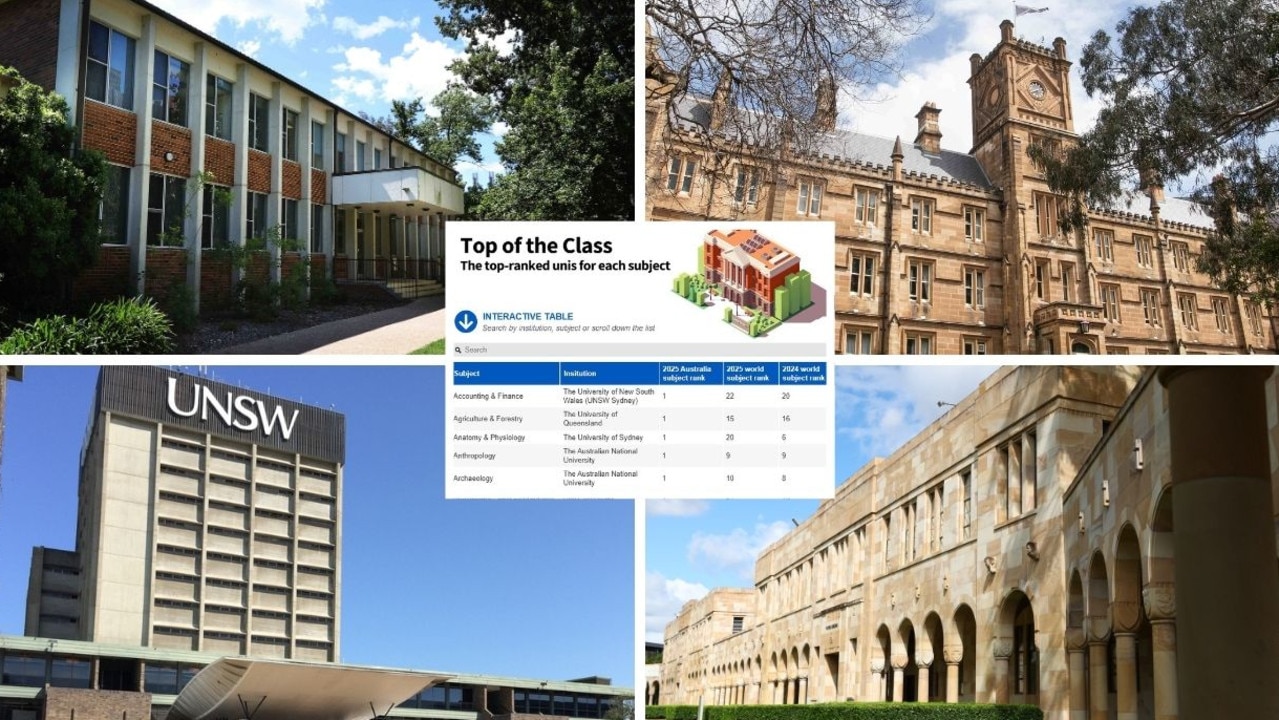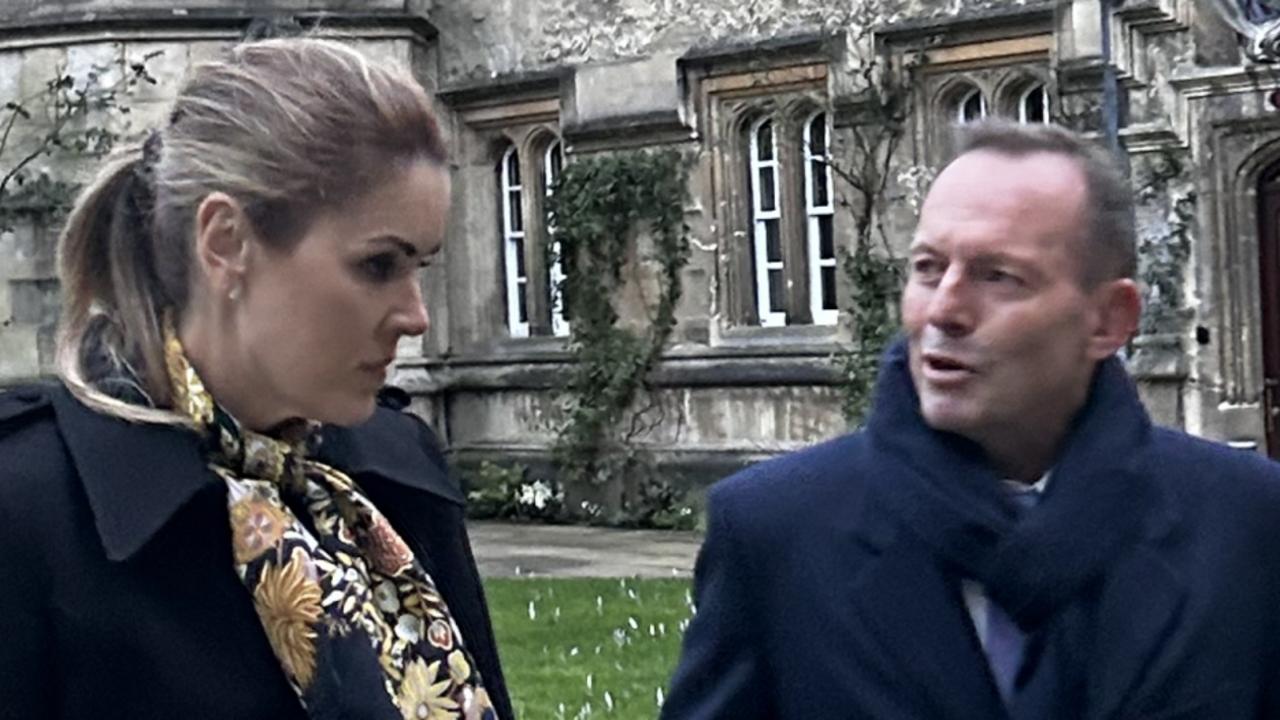University merger between Adelaide and UniSA decided by July 1
A decision on whether to go ahead with the historic merger of the universities of Adelaide and South Australia will be made by the end of the week.
Tertiary
Don't miss out on the headlines from Tertiary. Followed categories will be added to My News.
The historic merger of the universities of Adelaide and South Australia will be decided within days by separate meetings of both councils ahead of a weekend deadline.
Staff at both universities were told on Monday morning work was “now concluding” on a comprehensive feasibility assessment of the merger plan, under an unprecedented deal inked last December.
Both university councils will meet separately this week to consider the feasibility assessment, which involves 14 “workstreams” including curriculum, research, legal matters, people and culture.
It is understood Premier Peter Malinauskas will be told of the councils’ decisions ahead of a formal announcement scheduled for this weekend.
Under last December’s deal, a combined institution known as Adelaide University would instantly become the nation’s largest for domestic students when it started operating from January, 2026, backed by “significant” state government funding aimed at forging one of the world’s top 50 universities within a decade.

In an email to staff on Monday morning, UniSA vice-chancellor and president David Lloyd said feedback from both university communities had directly informed the materials for the councils.
“The feasibility assessment, business case and related documents will be presented to both councils this week for their individual review and consideration,” Professor Lloyd says.
“ … Regrettably, given the timing of the councils’ deliberations, I want to foreshadow that future updates regarding the outcome will likely be delivered outside of normal working hours this coming weekend, and given the level of associated interest, may well be in the wider public domain shortly after.”
It is understood the Adelaide and UniSA councils will inform one another of their decisions and views at the end of the week, when they also will tell the Premier.

If they decide against a merger, it is likely Mr Malinauskas will reactivate an amalgamation commission with powers to effectively compel universities to combine, which last December was put on hold until July 1.
If they back a merger, this is expected to unlock “significant” government funding – the precise extent of which has not been revealed.
A spokesperson for Mr Malinauskas said: “We eagerly await the outcome of the universities’ deliberations.”
A merger critique prepared by Public Universities Australia, a group including Adelaide academics, claims the feasibility study was “rushed through in short order” and councils were “given a little over a week to absorb hundreds of pages to make an informed decision”.
“The central business case is weak. The feasibility study proposes that the ‘university of the future’ with its new branding will attract several thousand more international fee-paying students. On paper this translates to an extra few hundred million, so looks impressive,” the critique says.
“But why would these students even come to the new university? How certain can we be about that? Based on what evidence? What are the risks? A merger of this size takes ten years to settle.”
Under last December’s “historic agreement” signed by Mr Malinauskas and university officials, there would no net job losses, a new brand and an immediate initial “co-leadership model” for two vice-chancellors (one from each university) until the combined university appoints one in an open and competitive process.
Modelling provided to The Advertiser at the time showed the new Adelaide University would have 36,123 domestic students, ranked first in Australia, and 48,918 in total, ranked fifth in Australia. These are equivalent full-time student load – actual headcount would about 1.5 times higher. Total research income is forecast to be $321m, ranked seventh in Australia, and the merged uni would have 3271 academic full-time-equivalent staff, ranked sixth in the nation.





